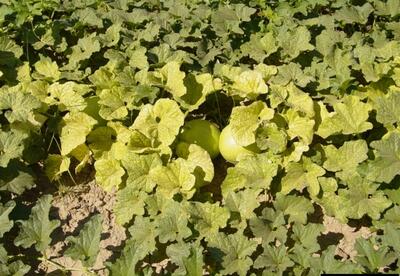Phytoplasma Group Test
This test reacts with a variety of species belonging to the Candidatus Phytoplasma genus. The list below represents characterized Phytoplasma isolates that have been experimentally detected with our Phytoplasma Group PCR.
CONFIRMED DETECTION
- Ca. Phytoplasma aurantifolia (Tomato big bud, Witches'-broom disease of lime)
- Ca. Phytoplasma asteris (Aster yellows, Maize bushy stunt)
- Ca. Phytoplasma fraxini (Ash yellows, Lilac witches'-broom)
- Ca. Phytoplasma palmae (Palm lethal yellowing, Coconut lethal yellows, Texas phoenix palm decline, Lethal bronzing)
- Ca. Phytoplasma pruni (Western-X disease)
- Ca. Phytoplasma trifolii (Clover proliferation, Potato witches'-broom, Vinca virescence)
- Ca. Phytoplasma ulmi (Elm yellows)
The list below represents Phytoplasmas that have not been experimentally detected, but based on in silico analysis, will likely be detected with our Phytoplasma Group PCR. This is not an exhaustive list; more species will be added as sequence information becomes publicly available. Please contact testing@agdia.com if you have a sample of one of these pathogens,
PREDICTED DETECTION
- Ca. Phytoplasma australasiae (Papaya yellow crinkle)
- Ca. Phytoplasma australiense (Australian grapevine yellows)
- Ca. Phytoplasma balanitae (Witches'-broom disease of balanites)
- Ca. Phytoplasma brasiliense (Hibiscus witches'-broom)
- Ca. Phytoplasma cynodontis (Bermuda grass white leaf)
- Ca. Phytoplasma fragariae (Strawberry yellows)
- Ca. Phytoplasma hispanicum (Mexican periwinkle virescence)
- Ca. Phytoplasma meliae (Chinaberry yellows)
- Ca. Phytoplasma phoenicium (Almond witches'-broom)
- Ca. Phytoplasma pini (Pine shoot proliferation)
- Ca. Phytoplasma prunorum (European stone fruit yellows)
- Ca. Phytoplasma rubi (Rubus stunt)
- Ca. Phytoplasma solani (Stolbur phytoplasma)
- Ca. Phytoplasma vitis (Flavescence doree)
- Ca. Phytoplasma ziziphi (Jujube witches'-broom)
- Buckland valley grapevine yellows phytoplasma
- Weeping tea witches'-broom phytoplasma
Pathogens are added to these lists as they are shown to be detected by in vitro or in silico analysis. Check here regularly for updates.





